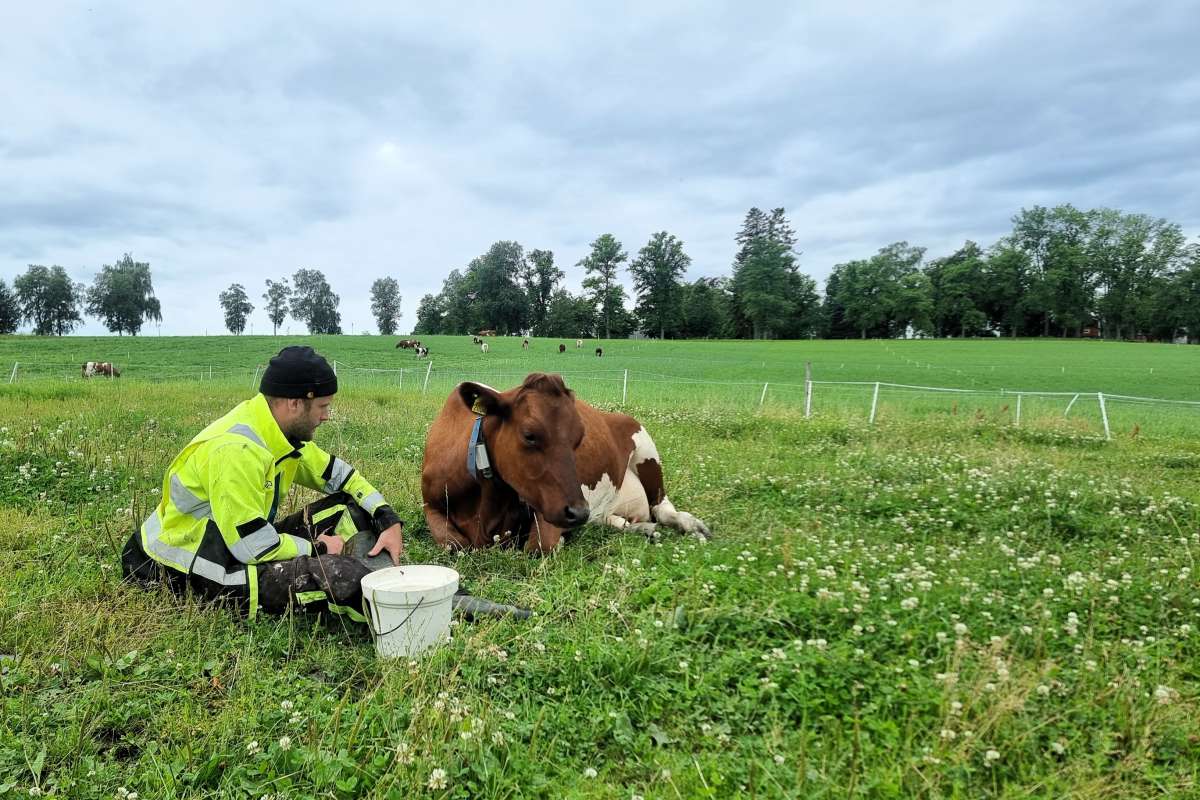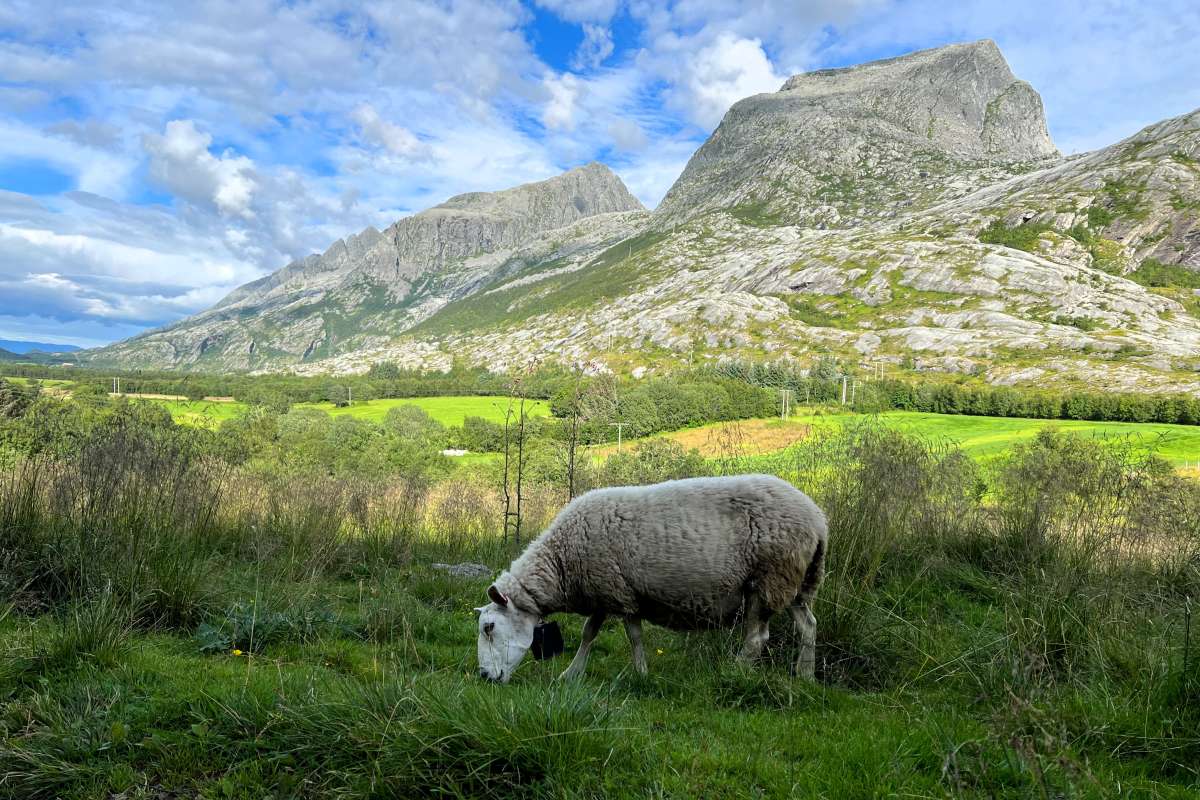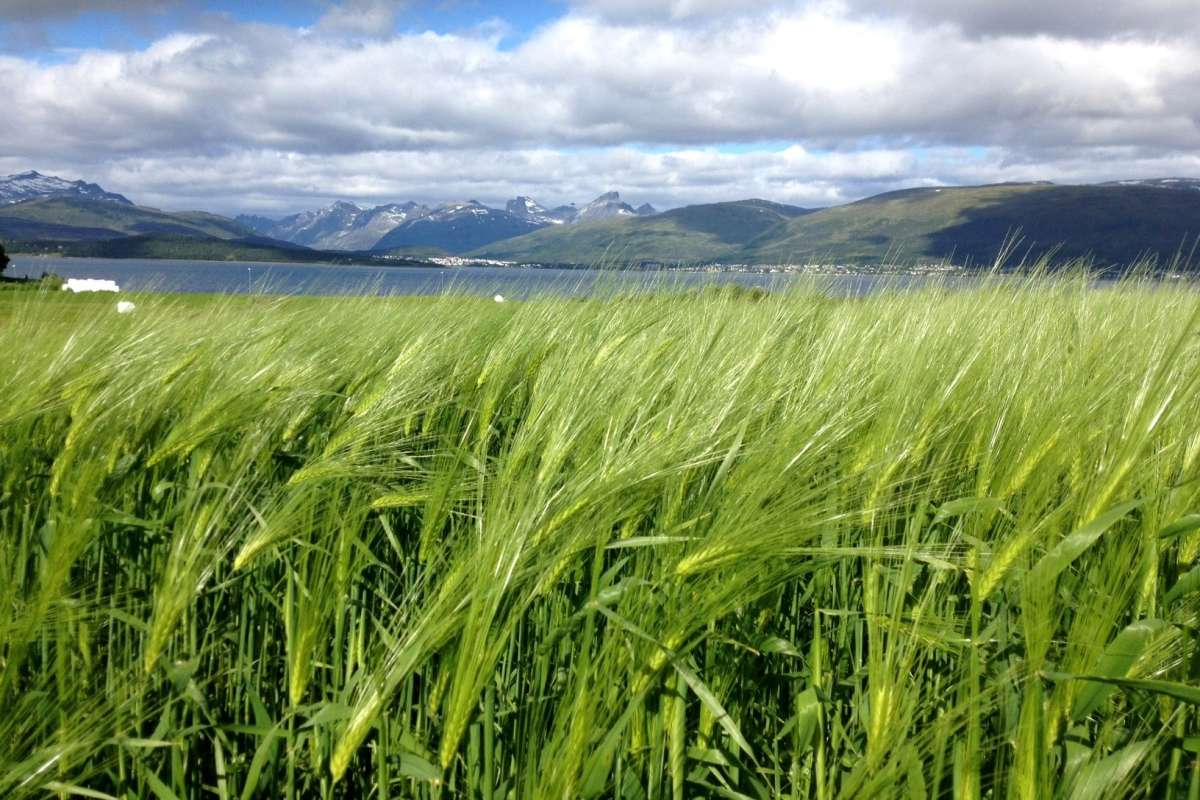Battling cabbage root flies, a growing threat to Arctic farming
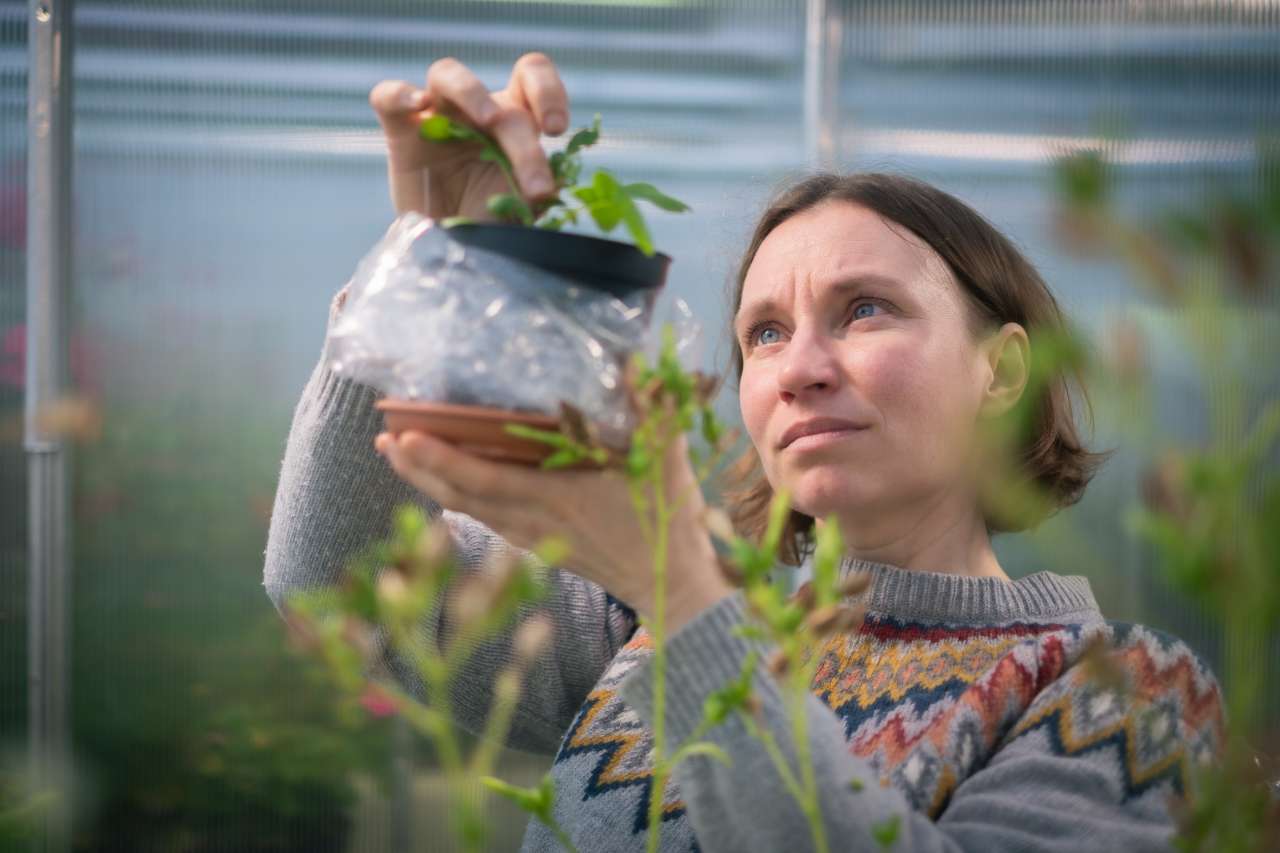
NIBIO researcher Anne Muola checking for diamondback moth eggs. The diamondback moth is the most significant pest affecting cruciferous crops worldwide due to its ability to migrate over long distances and in large numbers. It adapts quickly to changing climatic conditions, has a short generation time, and a high reproductive capacity. Photo: Hannu Aaltonen
Northern Norway’s unique conditions support large-scale cultivation of root brassicas despite short seasons and low temperatures. However, climate change, pest problems, and logistical hurdles present challenges.
The production of swedes and turnips in northern Norway benefits from the region’s distinctive growing conditions. The abundant daylight during the growing season supports rapid growth while the cool temperatures contribute to favourable quality traits such as sweetness, juiciness and crispness.
Despite these advantages, producers face significant challenges. The short growing season remains the primary obstacle, though a warming climate has led to slightly earlier springs. At the same time, rising temperatures have increased pest pressures, fostering an environment where pests and diseases can thrive.
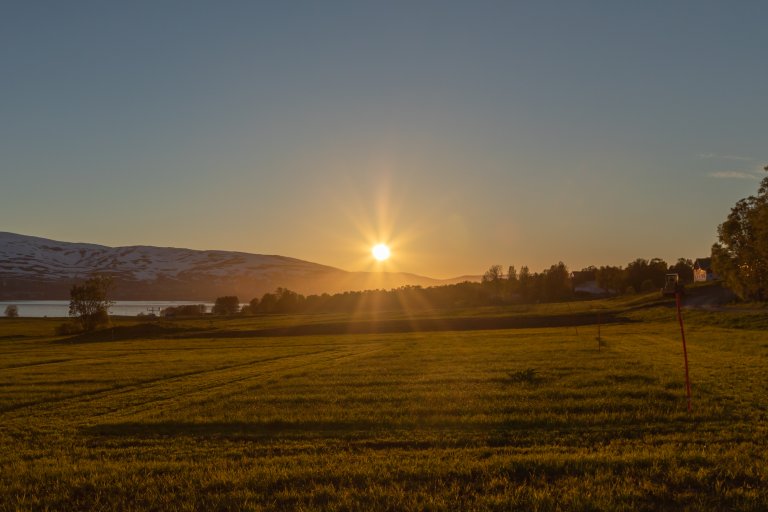
World’s northernmost vegetable production
Ulrike Naumann is production advisor and farmer contact at Tromspotet, the world’s northernmost packing facility for potatoes and vegetables, which also produces ready-to-eat dishes such as mashed swede.
“We use local produce as much as possible,” Naumann says and adds that the packing facility receives 5 000 tonnes of potatoes annually from the surrounding area.
When Tromspotet was established in 1995, there was minimal vegetable production in northern Norway. A mobilisation project launched in 2014 sought to establish cultivation of swedes, turnips, and carrots. Today, the region has three swede producers, one turnip producer, and several experimenting with carrots. This effort has provided farmers with knowledge and experience, enabling them to supply vegetables throughout the season.
“This has made it possible to include northern Norwegian vegetables in our sous vide products, which are distributed nationwide,” Naumann adds.
Unique growth conditions such as the midnight sun together with cooler temperatures provide advantages that enhance crop quality.
“For example, swedes achieve a balanced sweetness due to their high content of soluble sugars and low content of bitter compounds, resulting in a more appealing taste.”
However, being so far north also means late springs and early autumns: the growing season is short but intense.
Recent global crises such as wars, pandemics, and natural disasters have underscored the need for local food production to strengthen food security.
“Despite this, the centralisation of the grocery market makes it challenging to operate as a local producer in northern Norway,” Naumann explains. Logistical issues, such as disruptions caused by train accidents or road closures, further complicate operations.
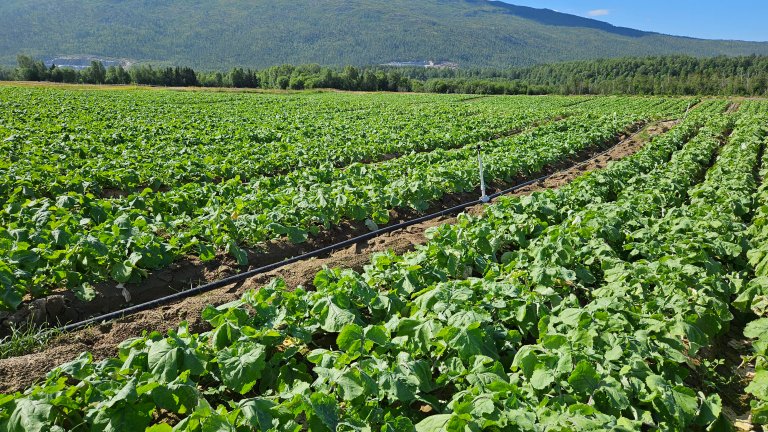
Understanding the conditions
Researchers at the Norwegian Institute of Bioeconomy Research (NIBIO) are studying the effects of light and temperature on crops like swedes and turnips to optimise growth in northern Norway. Controlled growth studies at NIBIO Tromsø reveal that, despite lower average summer temperatures, long daylight hours compensate, enabling good growth.
“The midnight sun is a key factor, allowing these crops to thrive,” says research scientist Jørgen Mølmann.
While northern Norway has fewer pests than southern regions, pest issues still exist. Climate change is likely to lead to bigger pest problems, he says.
Cabbage root flies and diamondback moths currently pose risks to the root brassica crops.
“The first records of cabbage root flies date back 200 years. They overwinter in the soil and their populations build up if brassica crops are grown repeatedly in the same area,” says NIBIO scientist Anne Muola. She points out that crop rotation and protective measures are crucial for managing this problem.
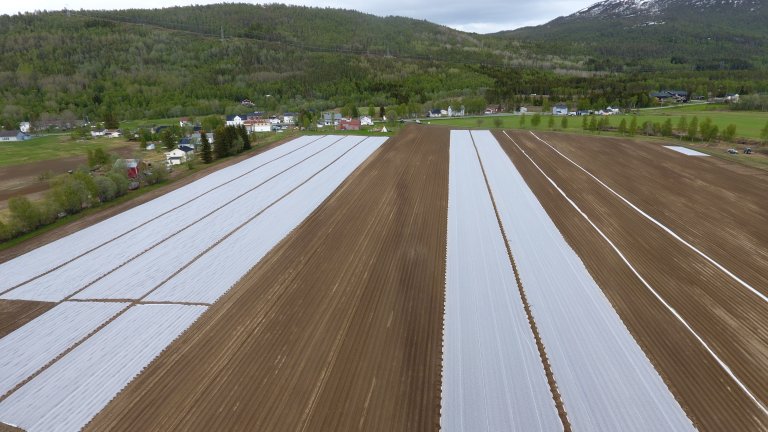
Fibre covers protect
Fibre covers, commonly used to improve early growth, also shield crops from pests as they act as a physical barrier to prevent egg-laying by root flies. However, they come with limitations.
Although the fabrics provides insulation and warmth, helping early root establishment, if—or when—the diamondback moths arrive early in the season and get under the covers, their population growth benefits from warmer temperatures.
“That might lead to greater damage to the sensitive young plantlets,” says Muola.
Additionally, covers complicate chemical pest and weed control. Based on crop growth models, covers should ideally be removed when root swelling begins, as cooler temperatures benefit root quality.
The diamondback moth, originally a tropical species, is transported by high-altitude air currents from its overwintering areas in Europe. They are increasingly problematic in northern Norway as they arrive earlier each season due to climate change. Many diamondback populations are also resistant to pesticides, which can further complicate their management.
Integrated pest management
To minimise use of agrochemicals and tackle pests sustainably, researchers and farmers focus on integrated pest management, which combines different tools and methods to keep pest populations below levels that lead to economic losses.
“Tools like forecasting systems and pest monitoring are being developed to better predict and respond to outbreaks,” Mølmann explains. Refining these systems for northern Norway’s conditions is a priority.
There is currently no warning model for diamondback moths, and international collaboration is needed to establish such a model.
NIBIO has tested traps for monitoring both cabbage root flies and diamondback moths. The traps worked well, and ensnared limited bycatch thanks to the region’s low pest diversity. Researchers have also identified natural pest enemies like parasitic wasps, which parasitised up to 50% of cabbage root fly pupae in a test field in Målselv.
Holistic approach
Effective pest management requires a comprehensive approach, combining crop growth models, pest monitoring, weather forecasts, and promotion of the pest’s natural enemies.
Technological tools like smartphone apps and irrigation alerts can help practitioners make timely, informed decisions. Collaboration between researchers, farmers, and businesses is key to addressing these challenges.
“Success lies in teamwork and piecing together many small solutions into an effective strategy,” concludes NIBIO’s Anne Muola.
Contacts

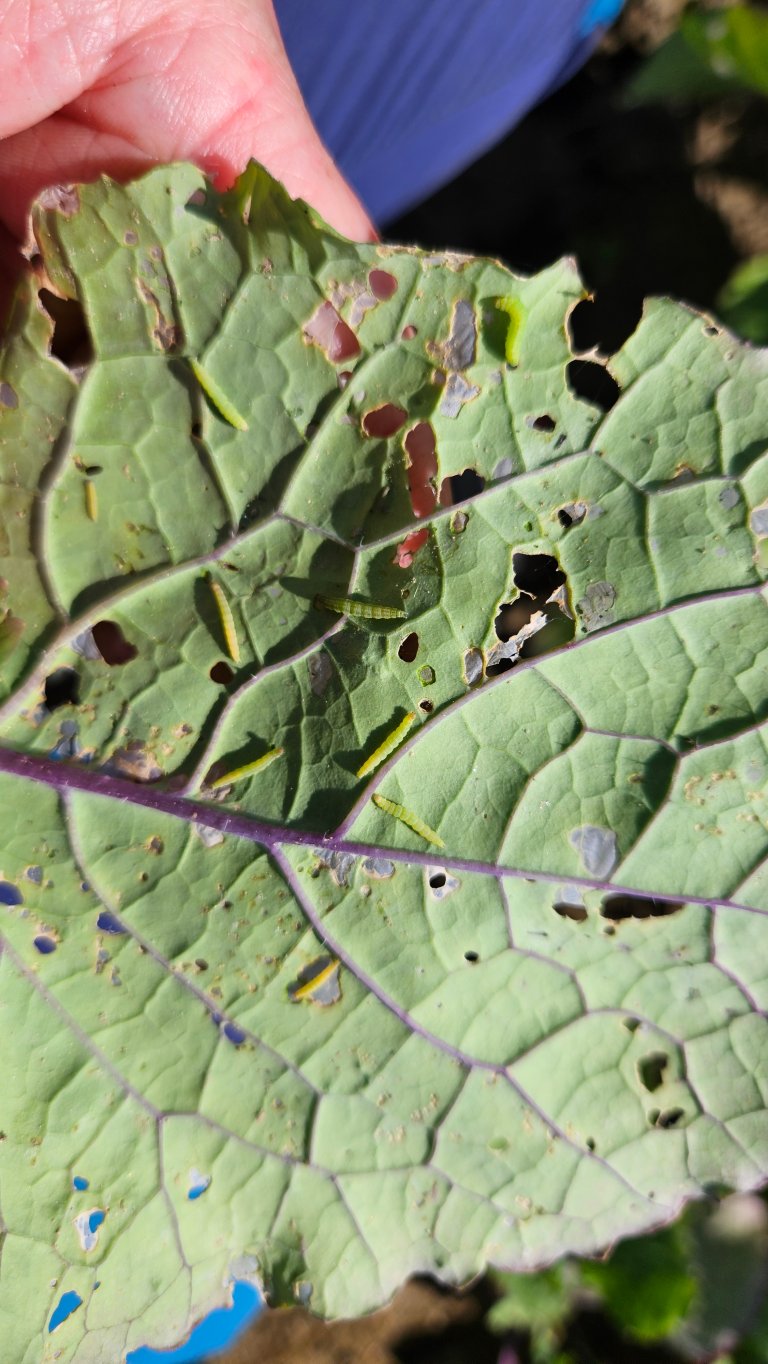
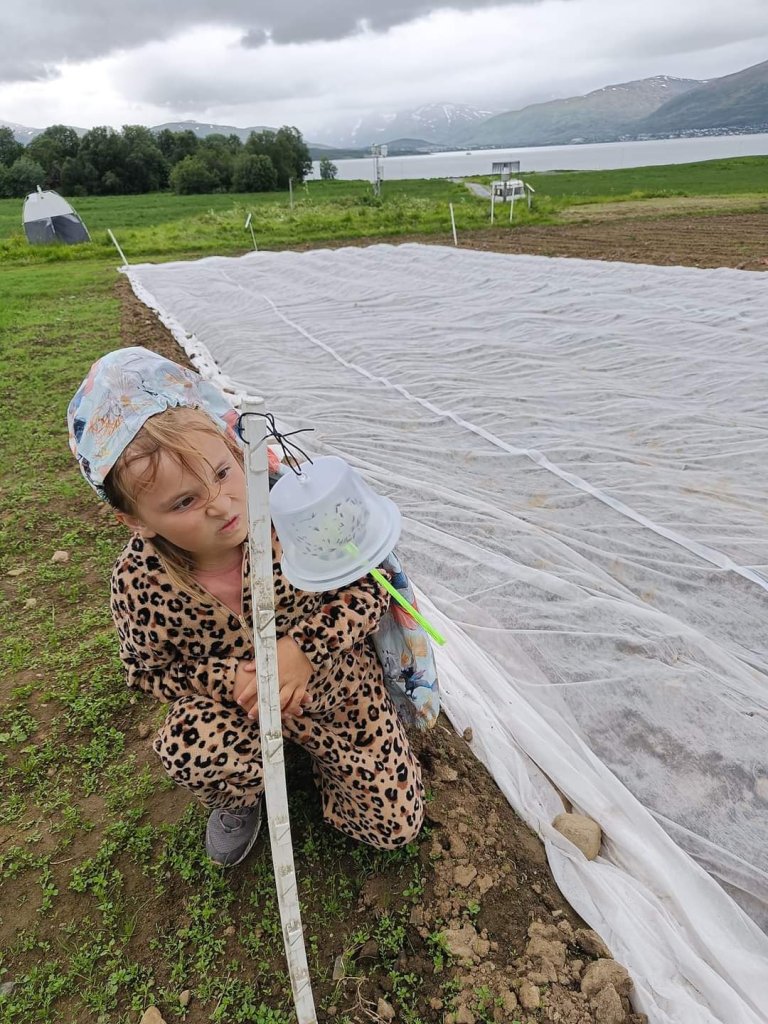
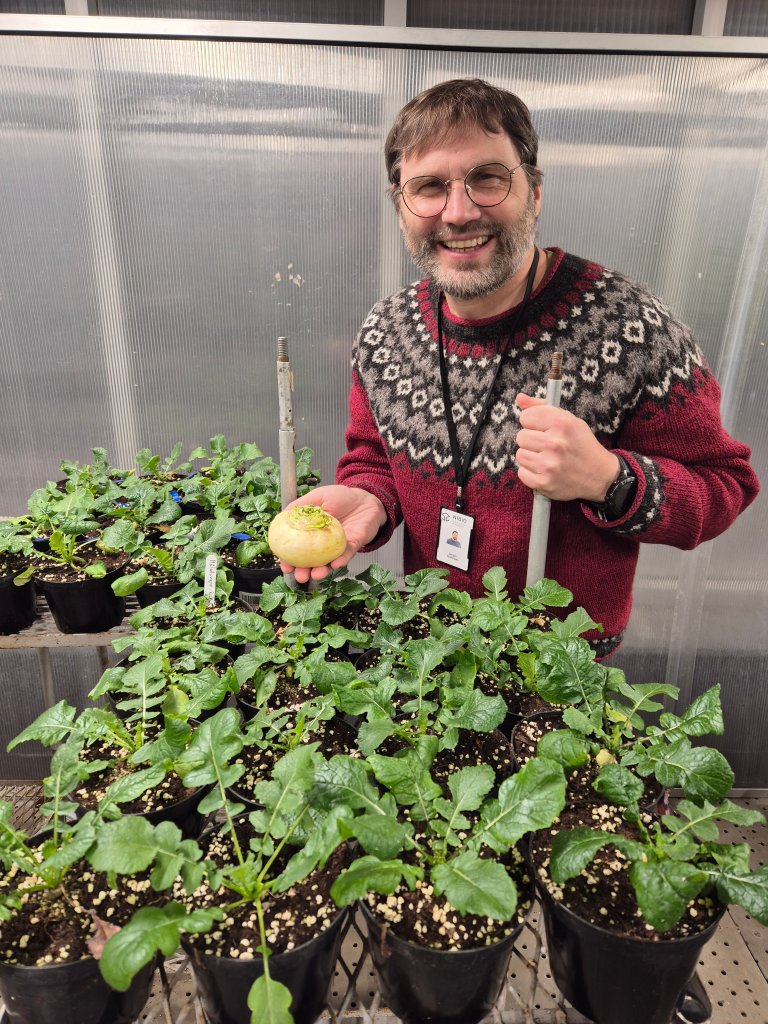
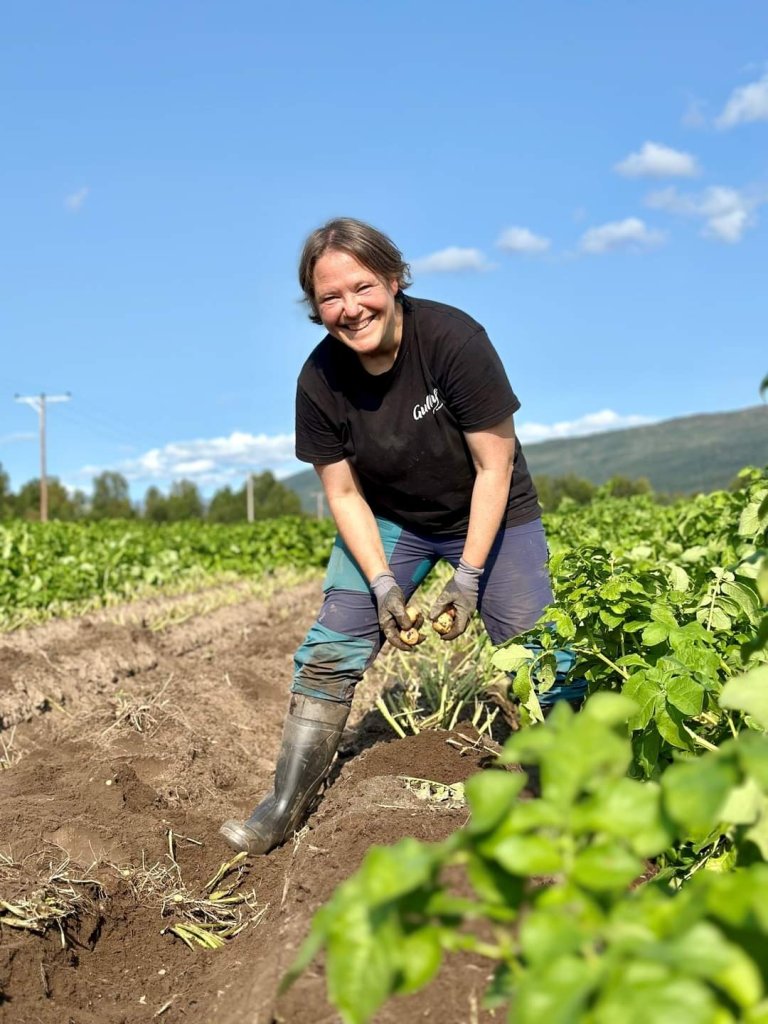
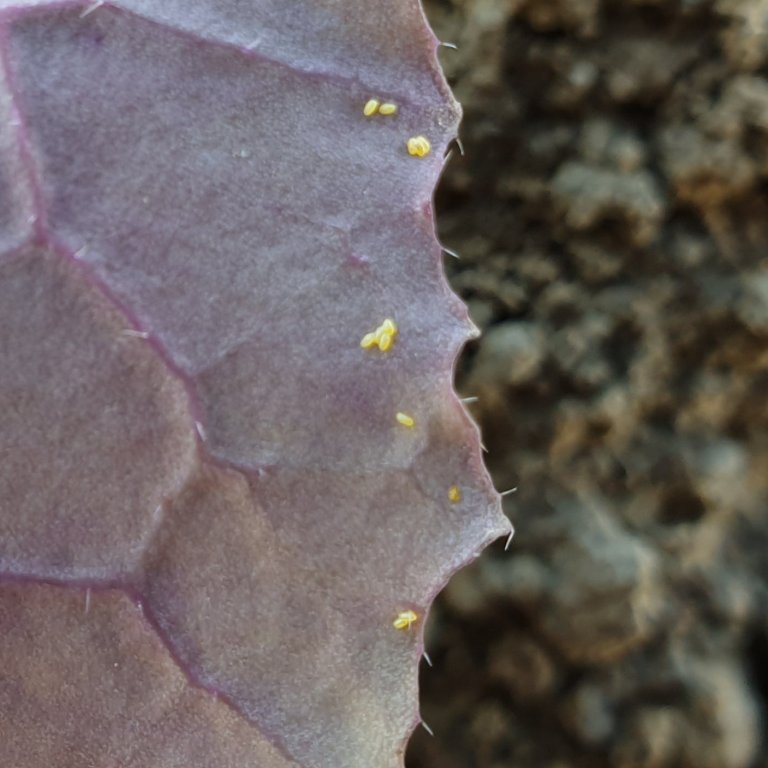
Contacts



